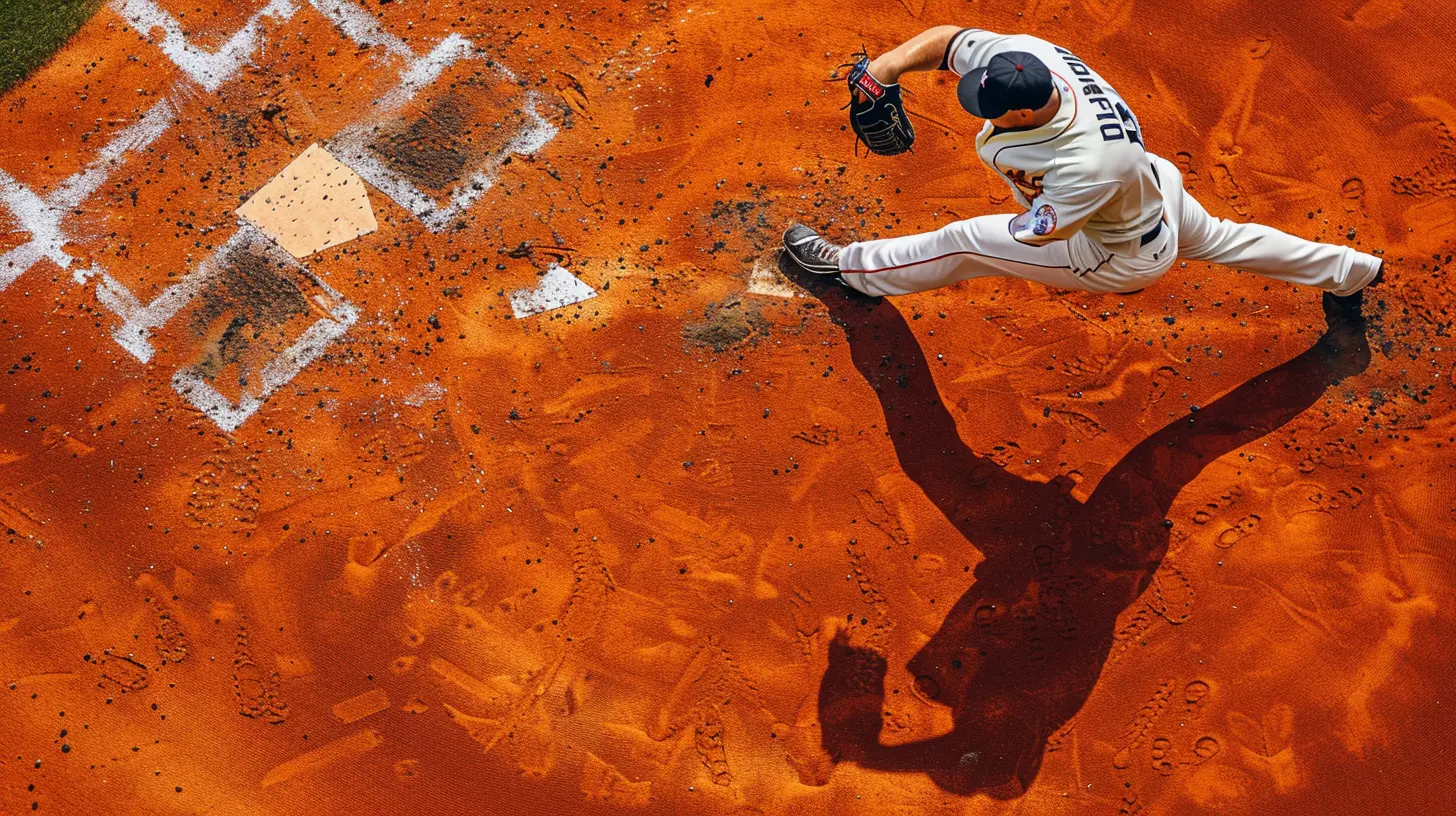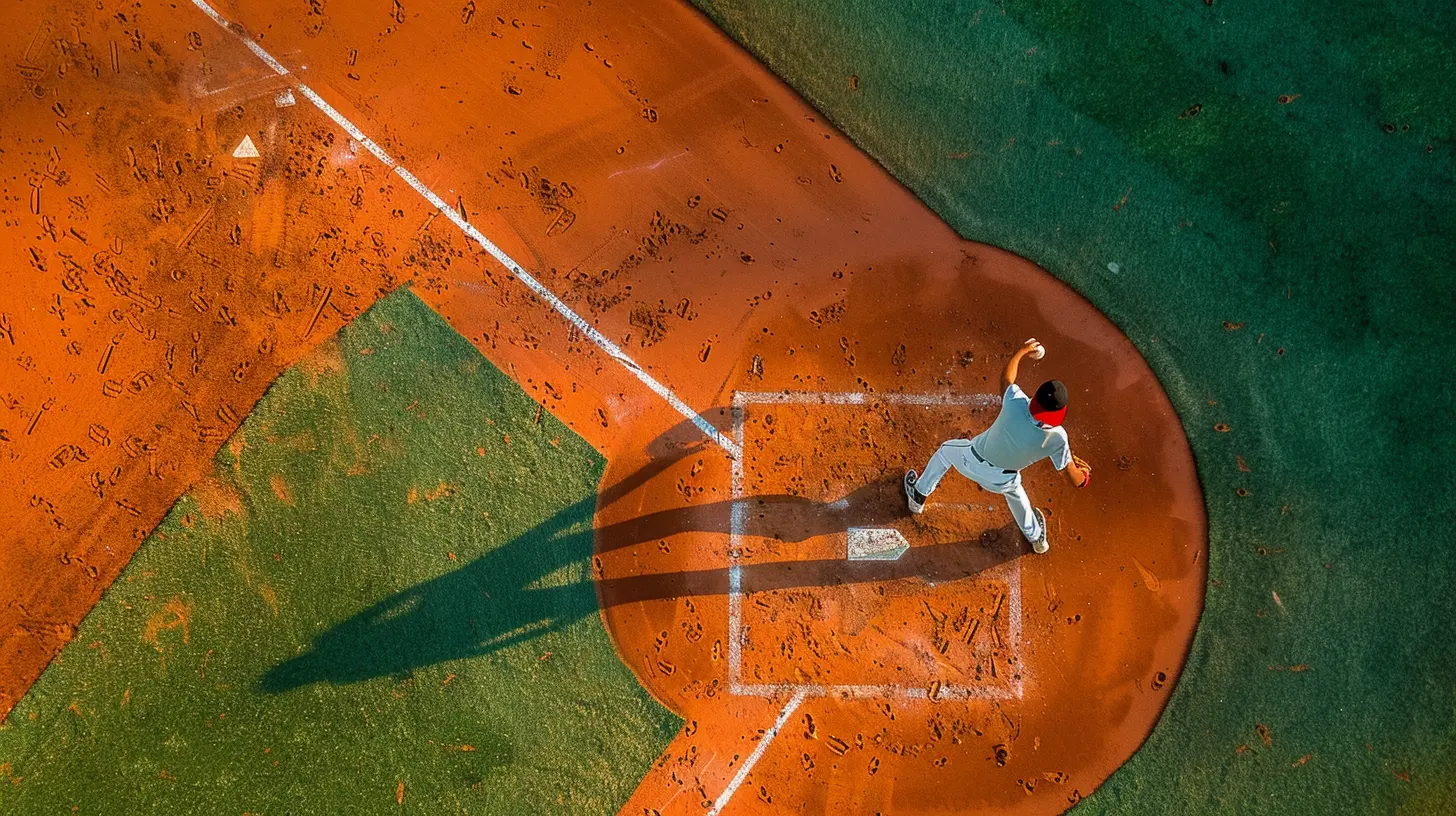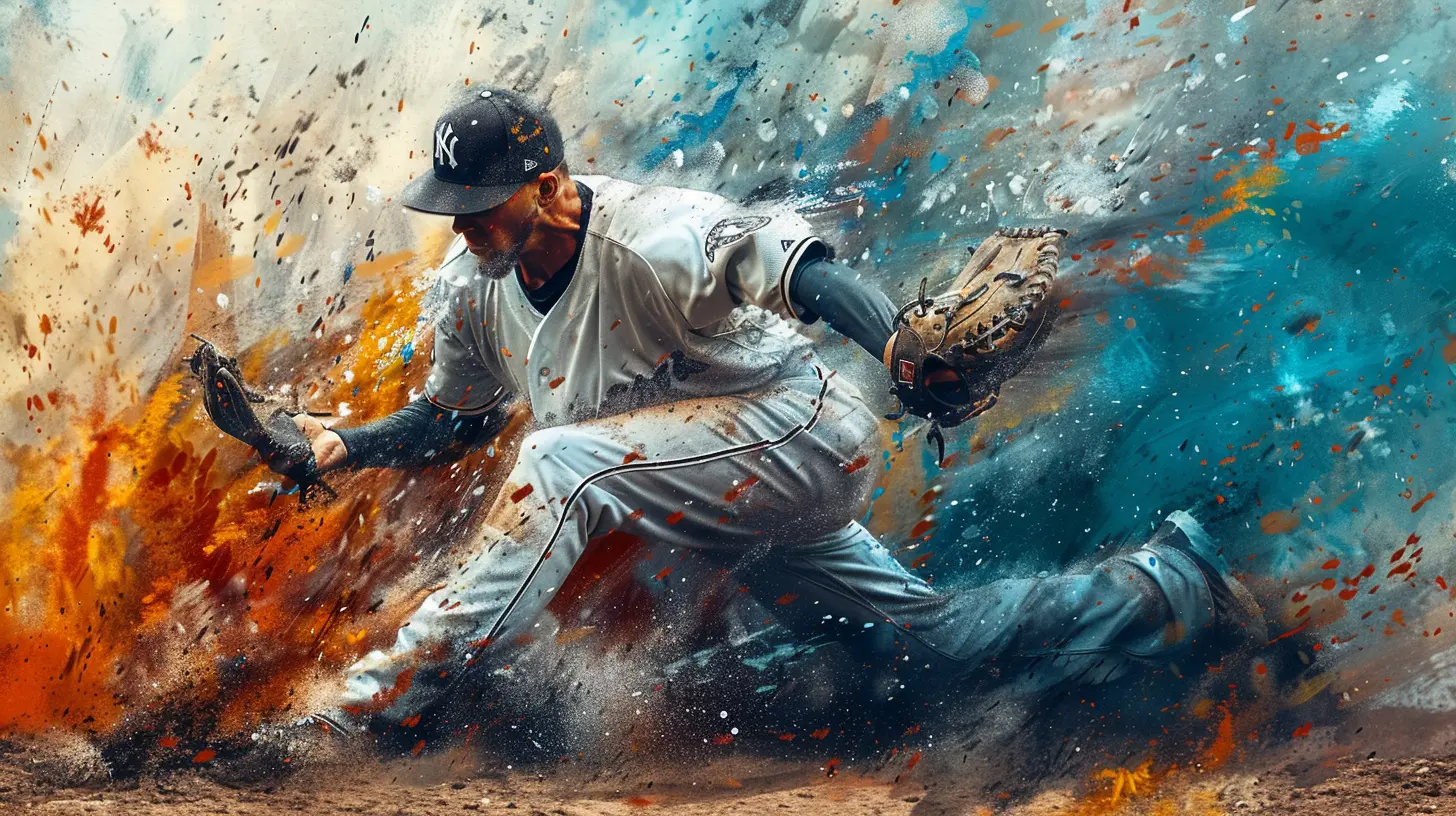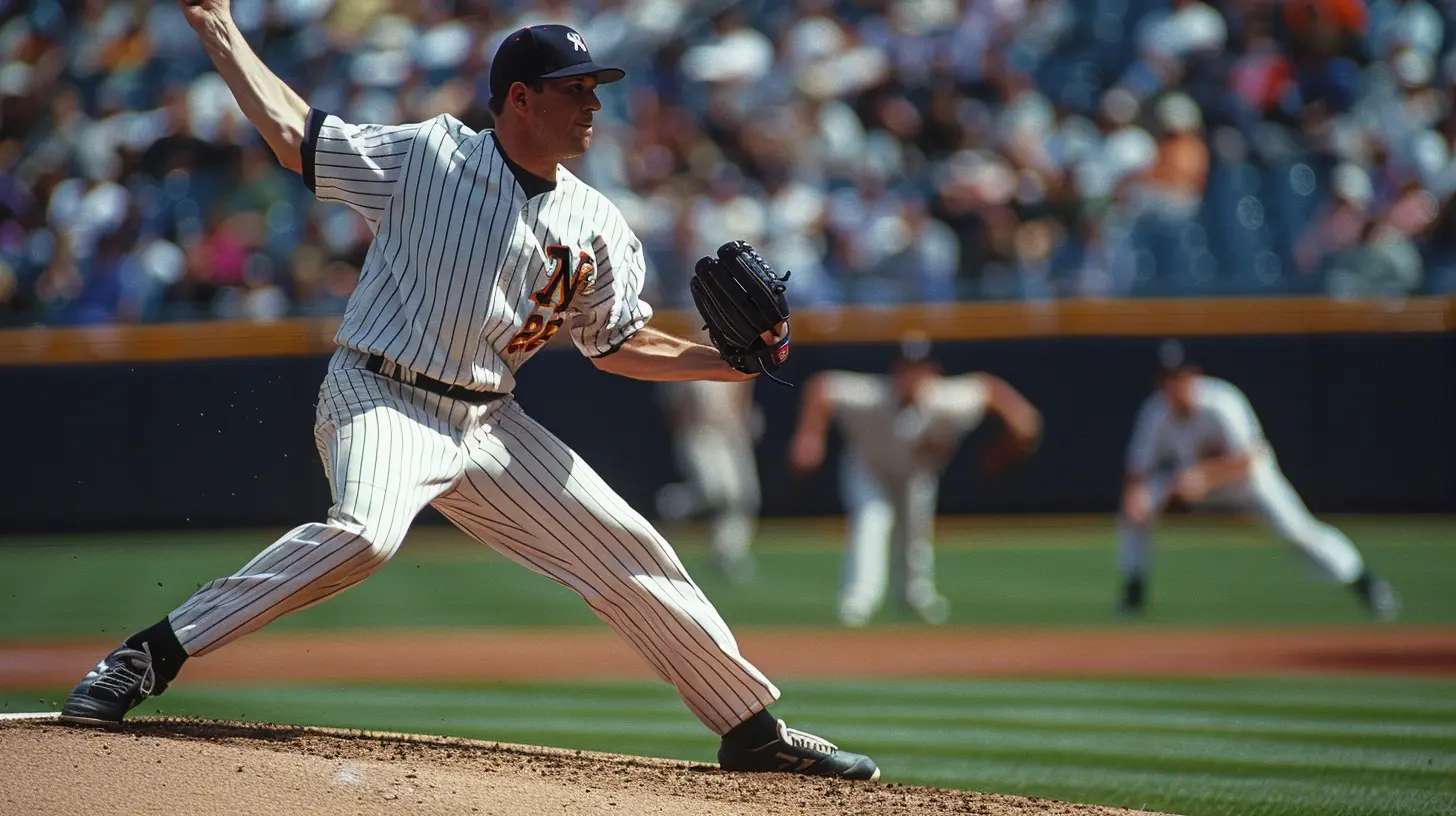Power and Precision: The Art of Pitching in Professional Baseball
5 October 2025
Step aside, mammoth home runs and gravity-defying catches—because today we’re diving headfirst into the world of pitching. That’s right, the mound is where the real magic happens. The heart-racing suspense, the cat-and-mouse game between pitcher and batter, the hair-trigger reflexes—it’s all wrapped up in the art of throwing that little white ball with a mix of fury and finesse.
Pitching in professional baseball isn’t just about hurling heat past screaming bats. It’s a craft, an art form, and sometimes even a little psychological warfare. (Don’t believe me? Just ask any batter who’s been frozen by a knee-buckling curveball.)
So grab your glove, warm up your arm, and let’s unravel why pitching is one of the most complex and captivating parts of the game. Trust me, it’s more than just throwing strikes.
The Mound: Where Legends Are Born
Ever stood 60 feet, 6 inches away from someone holding a club, daring you to beat them with sheer cunning and skill? Yeah, that’s what pitchers face every single inning. The pitcher’s mound is both a battlefield and a stage—a place where heroes rise and lineups fall.Why So Precise?
That distance isn’t just random. That 60 feet, 6 inches is the sweet spot where human reaction time, ball velocity, and batter anticipation meet. A pitcher needs to deliver a pitch at the perfect speed and angle to either paint the corner or make hitters chase shadows. Precision, folks. It’s a beautiful thing.
The Toolbox: Fastballs, Breaking Balls, and Everything In Between
Let’s get one thing straight: not all pitches are created equal. Pitchers don’t just chuck the ball and hope for the best. Nope—they’ve got a toolbox of pitches with very specific jobs.The Fastball – The Heat Seeker
Ah yes, the sizzle. The fastball is the most iconic pitch in baseball. Simple, direct, and blazing fast. We’re talking up to 100+ mph of fury aimed straight at the strike zone. The fastball is the kingpin, the foundation all other pitches are built around.There are different flavors here too:
- Four-seam fastball (straight and fast)
- Two-seam fastball (a little sink and tail)
- Cutter (sharp movement, almost like it’s dodging the bat)
Curveball – The Knee Buckler
This one’s a drama queen. It starts high and dives wickedly down, making batters look silly when they swing at air. It’s all about the spin. The tighter the spin, the sharper the break. When you hear “nasty curve,” that’s usually a compliment.Slider – The Silent Assassin
Part fastball, part curveball, all deception. The slider slides away (or in) at the last second, fooling even the most disciplined hitters. It’s like the ninja of the pitching world—stealthy, sharp, and super effective when done right.Changeup – The Great Deceiver
You think it’s a fastball… until it isn’t. The changeup is slower but looks just like a heater. It messes with a hitter’s timing and can make even a MLB slugger swing out of their shoes. Deception at its finest.
Pitching Mechanics: Like A Symphony in Motion
Great pitching isn’t just about grip and release—it’s about body mechanics, balance, rhythm, and timing. It’s like watching a well-rehearsed dance, except the stakes are a bit higher.The Wind-Up
This is the pitcher's pre-throw moment of zen. Balance, posture, and a calm before the storm. A smooth wind-up sets the tone for the pitch.The Delivery
Now we’re cookin’. Hips fire, the arm whips around, and in a flash, the ball’s out and en route to the plate. The coordination needed to deliver a consistent pitch is mind-blowing. Miss even one small movement, and the ball either ends up in the stands—or worse, a batter’s sweet spot.The Follow-Through
Yep, it matters. A clean follow-through helps prevent injury and keeps a pitcher’s motion repeatable. And in a game of inches, repeatability is EVERYTHING.
The Mind Game: Pitching Is Psychological Warfare
Let’s be real—pitching isn’t just physical. It’s mental chess between the guy on the mound and the one holding the bat.Reading the Batter
Is he crowding the plate? Flinching at inside pitches? Chasing curves in the dirt? A smart pitcher sees this and adjusts his plan accordingly.Setting Up Pitches
Ever seen a batter swing wildly at a pitch they had no business chasing? That’s usually a setup. Throw two fastballs high and tight, then drop a curve low and away. Boom. Batter's lunch is now airborne somewhere behind home plate.Confidence Is King
Ever heard the phrase “pitching with conviction”? It means throwing every pitch like it’s the best idea you’ve ever had. Hesitate, and the batter smells blood.Velocity vs. Control: The Eternal Tug of War
Throwing hard is sexy, no lie. But what good is a 100 mph fastball if it lands in the bleachers—or worse, the backstop?The Power Pitcher
These guys are flamethrowers. Think Nolan Ryan, Aroldis Chapman. They rely on velocity to overpower hitters.The Control Artist
Then there are guys like Greg Maddux who barely break 90 mph but hit spots like a sniper. They pitch to contact and trust their defense to do the rest.A truly elite pitcher? They’ve got both.
Evolving with the Game: The Modern Pitching Revolution
Pitching isn’t static. The game is constantly changing, and pitchers have to adapt or fade.Analytics and Spin Rate
Today’s pitchers aren’t just guided by gut–they’ve got data on everything. Want to increase your spin rate? There’s a program for that. Want to know your release point variance? Yeah, there’s a stat for that too.Openers and Bullpen Games
Gone are the days when starters went nine innings. Now we’ve got openers (short-stint starters) and strategic bullpen matchups. Pitching is now a team effort, and it’s all about efficiency.Injuries: The Pitcher’s Constant Nemesis
Let’s not sugarcoat it—pitching is tough on the body. The torque, the repetition, and the stress on elbows and shoulders add up.Tommy John Surgery
It’s almost a rite of passage now. Tearing the UCL (ulnar collateral ligament) means going under the knife and coming back stronger—or so we hope. Plenty of pitchers recover and dominate post-surgery, but it’s no guaranteed comeback.Pitch Counts and Load Management
Teams monitor pitch counts like a hawk these days. Protecting the arm is priority #1, especially for young phenoms who are the future of the franchise.The Closer: High Stakes and Cold Nerves
Pitchers don’t all throw in the same role. Some are starters, some are relievers, but the closer? That’s a different breed.Ninth-Inning Nerves
Closers enter when the game is on the line. One bad pitch? Game over. But the great ones? They thrive under that pressure. Mariano Rivera didn’t earn the nickname “The Sandman” for nothing—he put games (and batters) to sleep with cold-blooded efficiency.Pitching Legends: Hurlers Who Rewrote the Rulebook
Let’s tip the cap to some of the greatest magicians ever to take the hill.- Nolan Ryan – Seven no-hitters. Enough said.
- Sandy Koufax – Lefty legend with a curve that haunted dreams.
- Pedro Martinez – Fiery ace who could blow you away or embarrass you with a changeup.
- Justin Verlander – Power and longevity, a rare combo.
- Jacob deGrom – Modern pitching perfection when healthy.
These guys didn’t just throw—they commanded, controlled, and dominated.
Why We Love Pitching (Even If We Don’t Always Understand It)
Sure, hitting gets the glory. But pitching? That’s where the pulse of baseball beats loudest. Every pitch is a moment of suspense, a test of will, and a shot at immortality. It’s the ultimate battle of brains, brawn, and occasionally a wicked curveball.So next time you’re watching a game, don’t just wait for the dingers. Watch the pitcher. Watch how he sets up hitters, how he battles back from a 3-0 count, how he stares down trouble and coolly escapes.
Because on that little mound, just 18 feet in diameter, lives the soul of baseball. And believe me—it's a beautiful thing.
all images in this post were generated using AI tools
Category:
Professional SportsAuthor:

Onyx Frye
Discussion
rate this article
1 comments
Gianna Martin
This article beautifully captures the delicate balance between power and precision in pitching. It's fascinating to consider how different styles can impact a game. I wonder how emerging technologies will further refine our understanding of this art form in the future. Great read!
October 23, 2025 at 12:28 PM

Onyx Frye
Thank you for your thoughtful comment! I completely agree—technology will play a crucial role in advancing our understanding of pitching styles. Glad you enjoyed the article!


